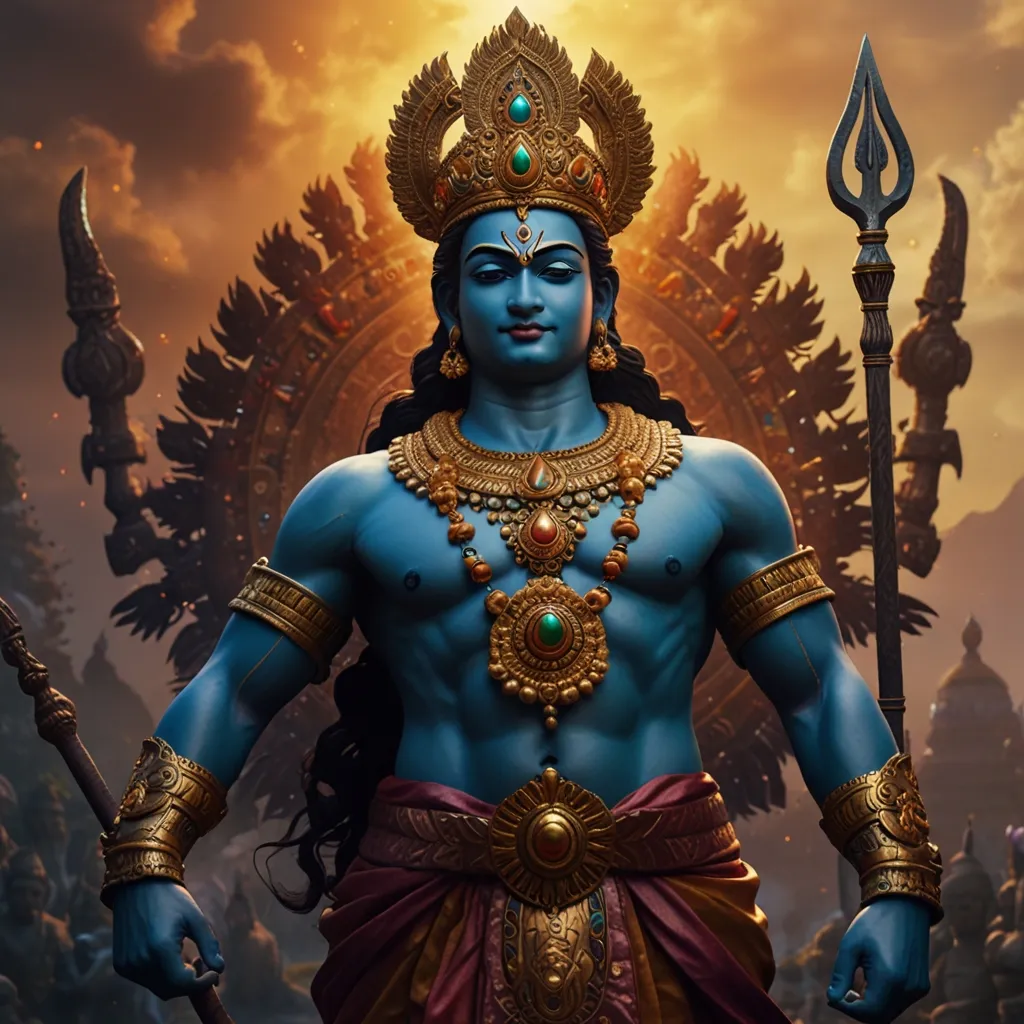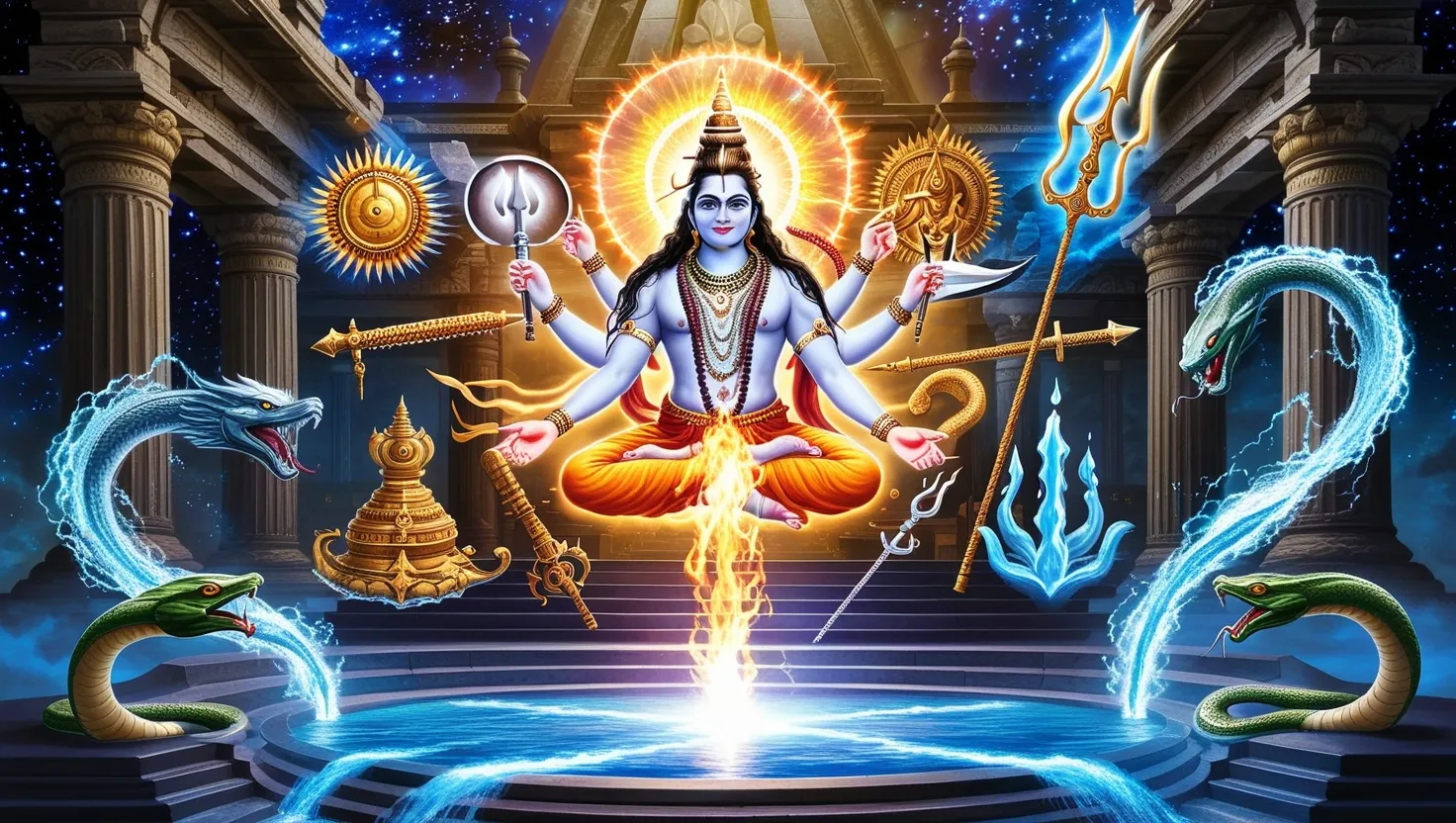In Hindu mythology, there’s this epic tale about Kartikeya, a god whose mission was to save the world from evil. Also known as Skanda, Subrahmanya, Shanmukha, and Murugan, Kartikeya embodies bravery, wisdom, and the timeless fight between good and evil.
Kartikeya’s birth is like a divine answer to a big problem. When the demon Tarakasura was wreaking havoc, the gods needed a hero. Shiva, the fierce destroyer god, and Parvati, his wife, decided to create this ultimate savior. They conjured a bright spark from Shiva’s third eye, which split into five parts and fell into the holy Ganges. Each spark transformed into a child, found by women known as the Krittikas in a forest pond. These women took care of the kids, but soon Shiva and Parvati merged them into one six-headed child – Kartikeya. Those six heads symbolize the five senses and the mind.
Kartikeya was a powerhouse right from the start. He played around with cosmic structures, shifted planets, piled mountains, and even paused the Ganges. At one point, he imprisoned Brahma for failing to explain the sacred mantra ” Aum,” then taught this profound meaning to his dad, Shiva. Imagine being so wise that even the gods turn to you for answers!
One legendary tale about Kartikeya involves a magical fruit of knowledge. Sage Narada gave this fruit to Shiva, who said he’d give it to the son who could circle the world three times first. Kartikeya hopped onto his peacock and flew off. But his brother Ganesha took a clever shortcut. He figured the world was symbolized by their parents, Shiva and Shakti, and simply walked around them. When Kartikeya got back, he was enraged to find Ganesha had won. Feeling tricked, he left and settled in the Palani Hills as a hermit.
Kartikeya’s warrior journey kicked off when he received divine weapons from Shiva, including the powerful spear, the Vel, symbolizing Shakti’s power. Wielding it, he fought against the asuras, especially Soora, son of the asura Maya, and emerged victorious, saving the gods and the world.
In Tamil Nadu, Kartikeya is worshipped as Murugan. His story is a massive deal, celebrated in literature and art. The Skanda Purana, with its 81,000 verses, dives deep into his legend and has significantly impacted Hindu traditions.
Kartikeya’s story isn’t just a myth; it’s an epic saga of the battle between good and evil. His journey from a divine child to a powerful god showcases wisdom and bravery. Millions revere him, and his legacy continues to inspire those seeking strength and wisdom in their own struggles.






